.webp)
Iconic Candy
This is the story of Bar None. A candy bar that promised to be the best chocolate bar on the market lived up to its name briefly, then was discontinued due to corporate misjudgment. But like any good underdog story, it doesn't end there.
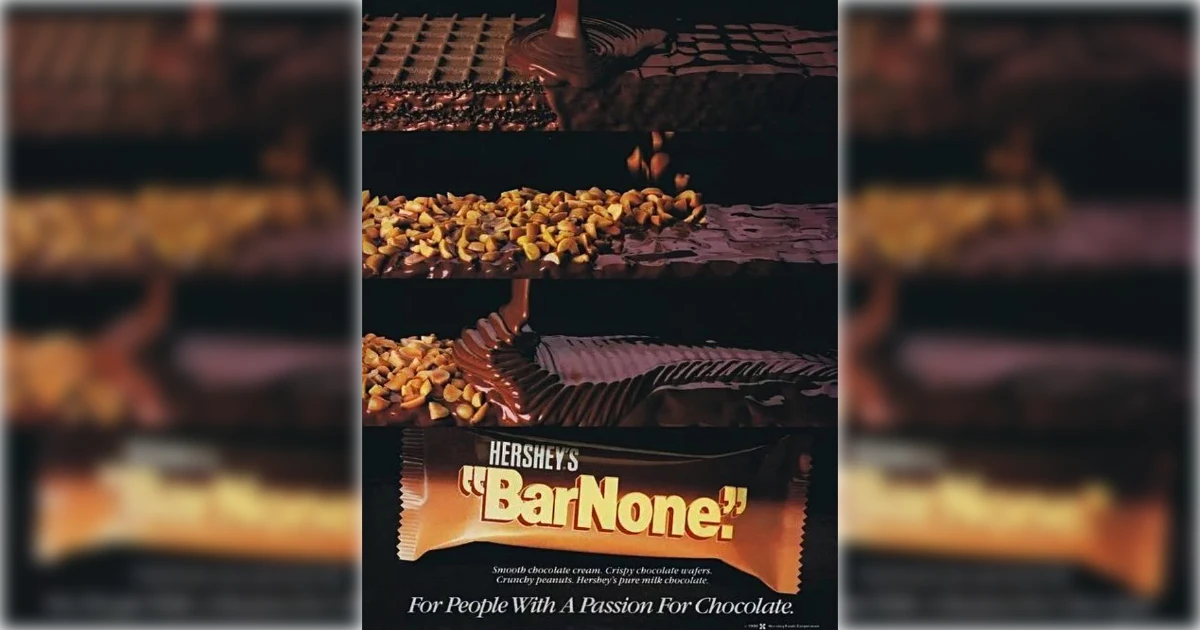
It's 1986, and the executives at Hershey's are feeling the heat.
Mars had been steadily gaining market share throughout the 1960s and 70s. The chocolate giant that had dominated American candy for decades suddenly found itself playing defense.
So they made a bold decision. They would create something like nothing else.
They decided to design the first new candy bar Hershey had introduced in decades, with a staggering $15 million in testing and development—serious money in the 1980s.
The result? Bar None.
The name itself was a declaration of war.
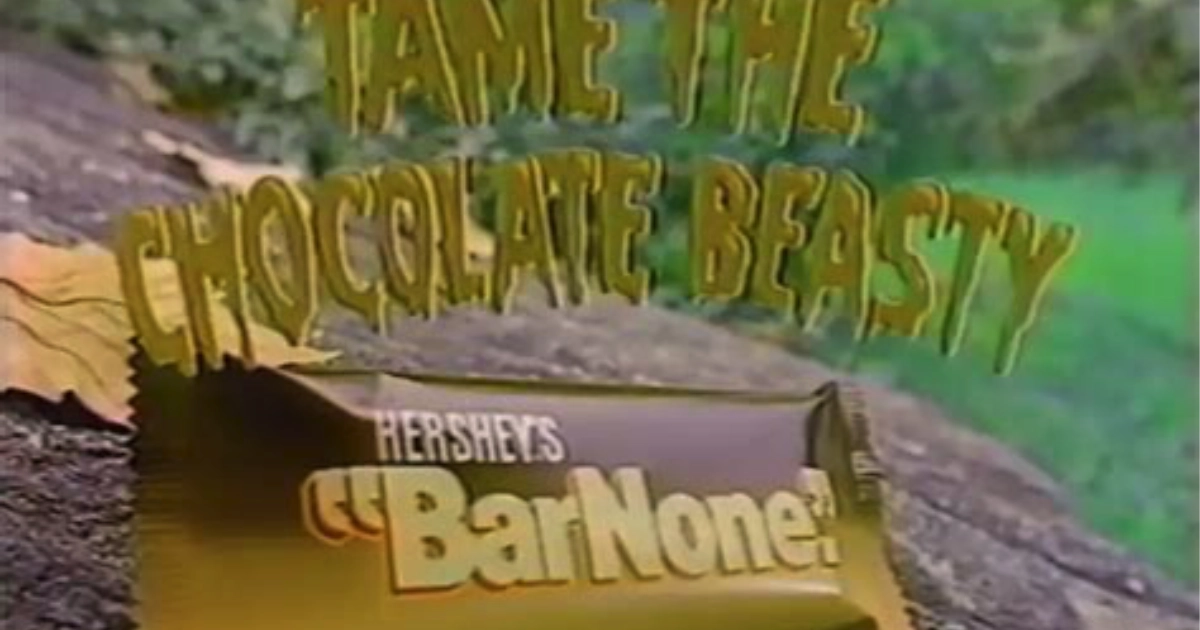
On June 19, 1986, Bar None was introduced into test markets.
But Hershey wasn't rushing this to market. They spent over a year testing in California, perfecting the formula, and studying consumer reactions. Only when they were confident did they pull the trigger.
And on September 18, 1987, the candy bar was launched nationwide.
The marketing campaign was pure 1980s magic:
🦁 TV commercials featuring beast tamers
📺 "The ultimate chocolate extravaganza"
🎯 "It will tame the chocolate beasty in you"
The ads were everywhere—television, radio, newspapers. Hershey threw everything behind this launch.
And the product? It was genuinely innovative. Chocolate wafers layered with chocolate crème, studded with peanuts, all wrapped in rich milk chocolate. Think Kit Kat, but richer, more complex, more... more.
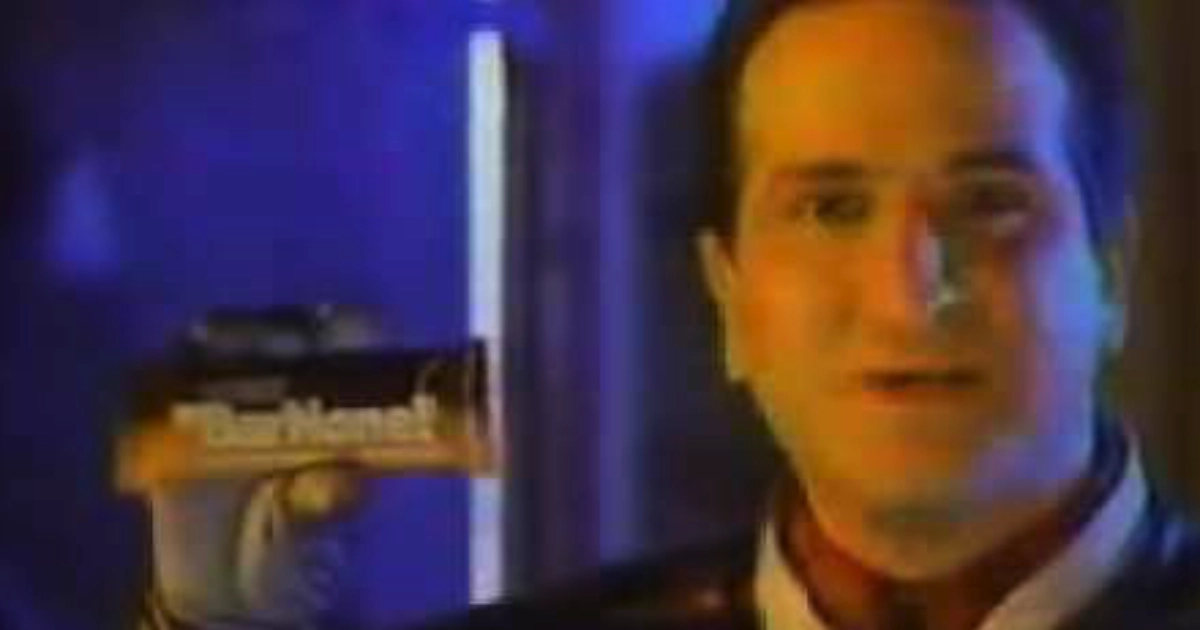
The initial response was everything Hershey hoped for.
Fans described it as surpassing "KitKat in crispiness." The complex layering of textures—the crisp wafer, the smooth crème, the crunch of peanuts—created something genuinely new in the candy aisle.
"This is going to be huge," Hershey executives must have thought.
Sales were strong. Distribution expanded rapidly. The beasty tamer ads became memorable enough that people would hum the jingles years later.
Bar None looked destined to become the next great American candy bar.
But then came 1992.
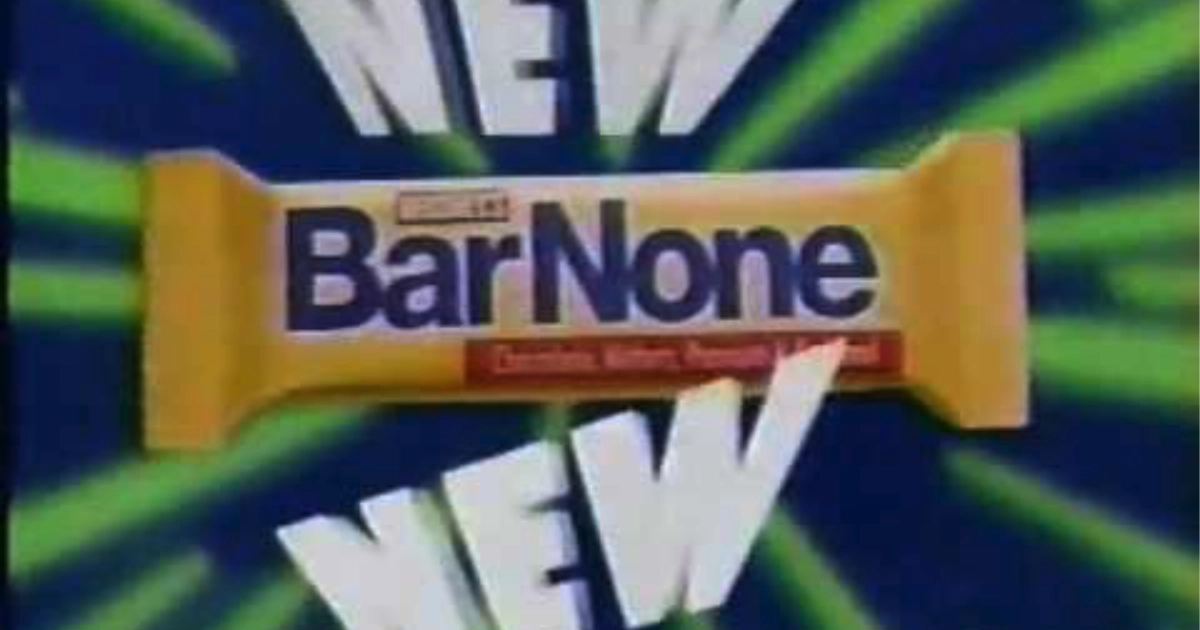
Here's where our story takes a dark turn.
Somewhere in a Hershey boardroom, executives made a choice that would haunt candy lovers for decades. They decided Bar None needed to be "improved."
The changes:
On paper, it probably seemed logical. Kit Kats were popular. Caramel was trendy. Two sticks might be easier to share.
In reality, it was corporate suicide.
The loyal fanbase felt betrayed. One longtime customer would later write: "When they changed it, my heart broke."
Bar None suddenly felt like a cheap imitation of everything else.
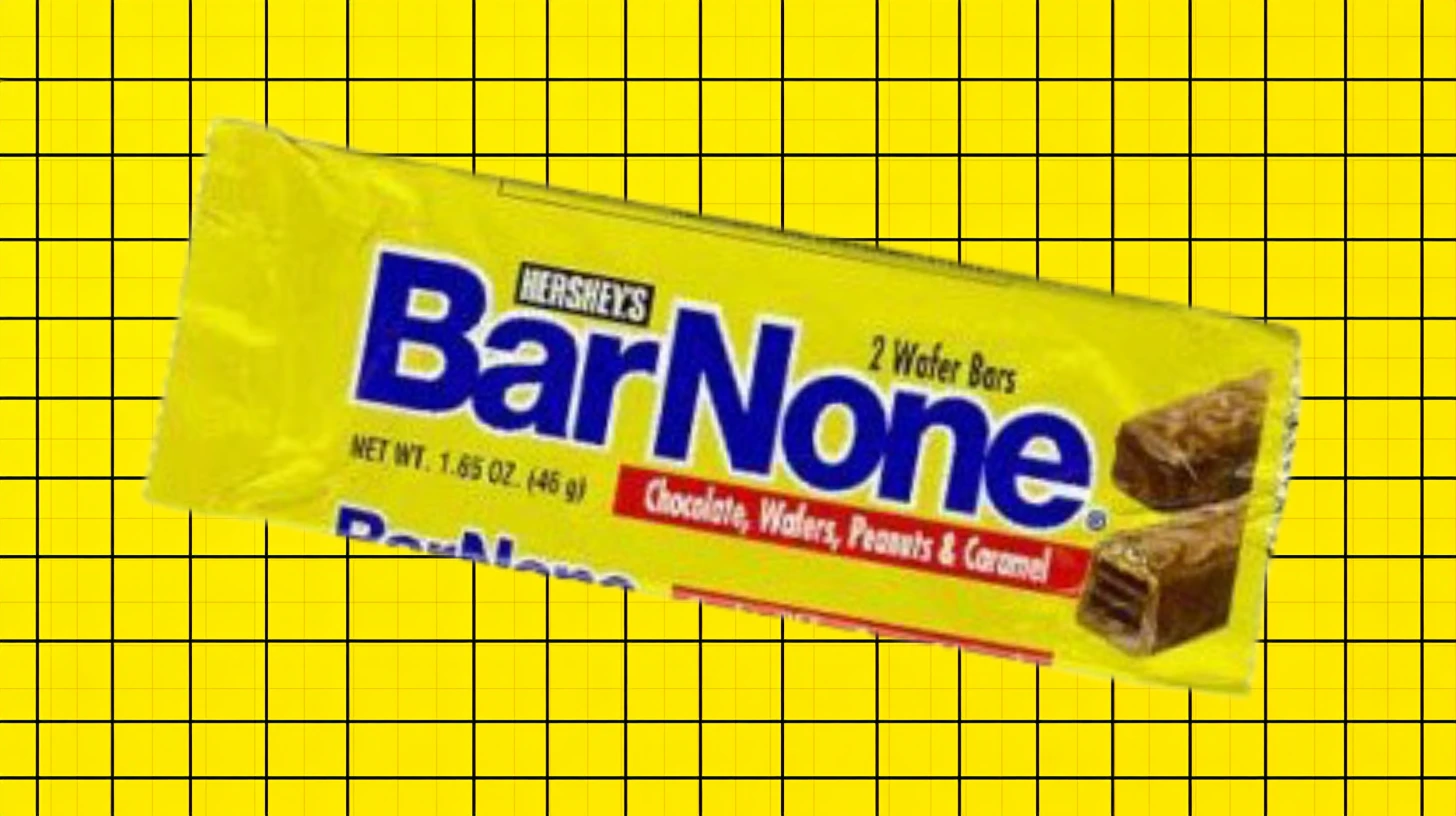
Sales plummeted.
The magic was gone. What had once been a unique, sophisticated chocolate experience became just another caramel-loaded candy bar in a crowded market.
On December 15, 1997, Bar None was quietly discontinued.
No fanfare. No press release. No explanation to the fans who had supported it for a decade.
Just gone.
Well, not entirely gone. Bar None continued to be sold in Mexico.
But in America, the chocolate beast had been tamed for good.
Or so everyone thought.
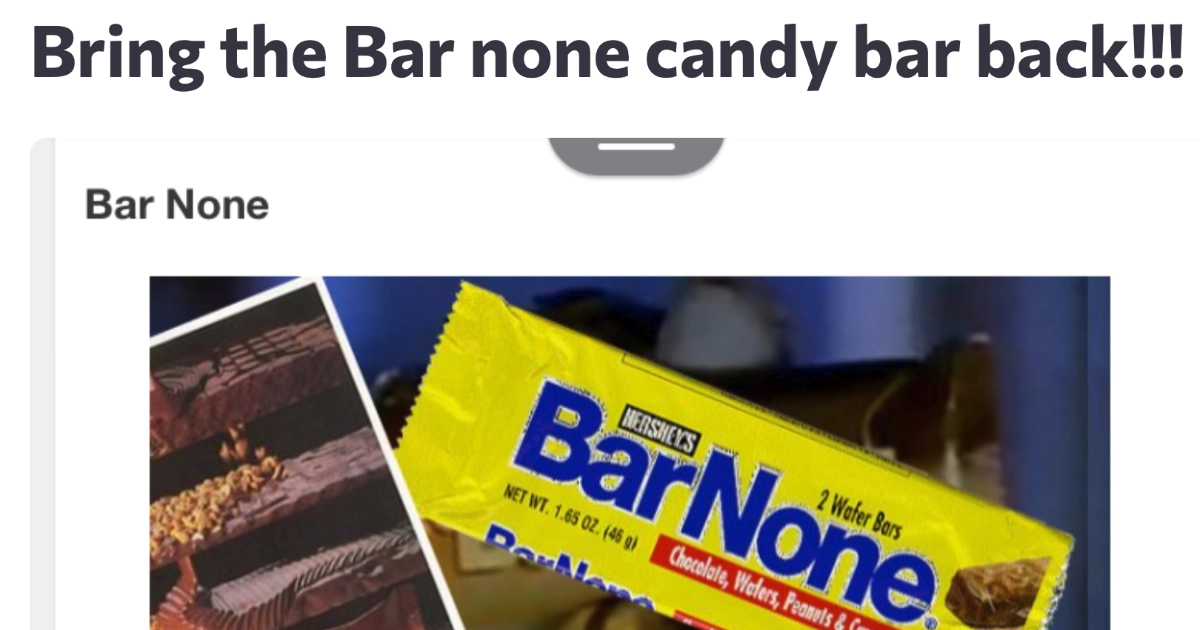
Here's where the story gets interesting.
Most discontinued products fade from memory. Not Bar None.
In 2006, people started calling for its return.
Web posts. Facebook pages. Blog entries with titles like "I Miss Bar None."
Candy enthusiasts wrote passionate pleas: "The best candy ever. Why would they ever stop producing this awesome candy bar. Please bring them back."
"OMG, I was so addicted to these."
One commentator even said, "I pine for the Bar None like no other bar ever made."
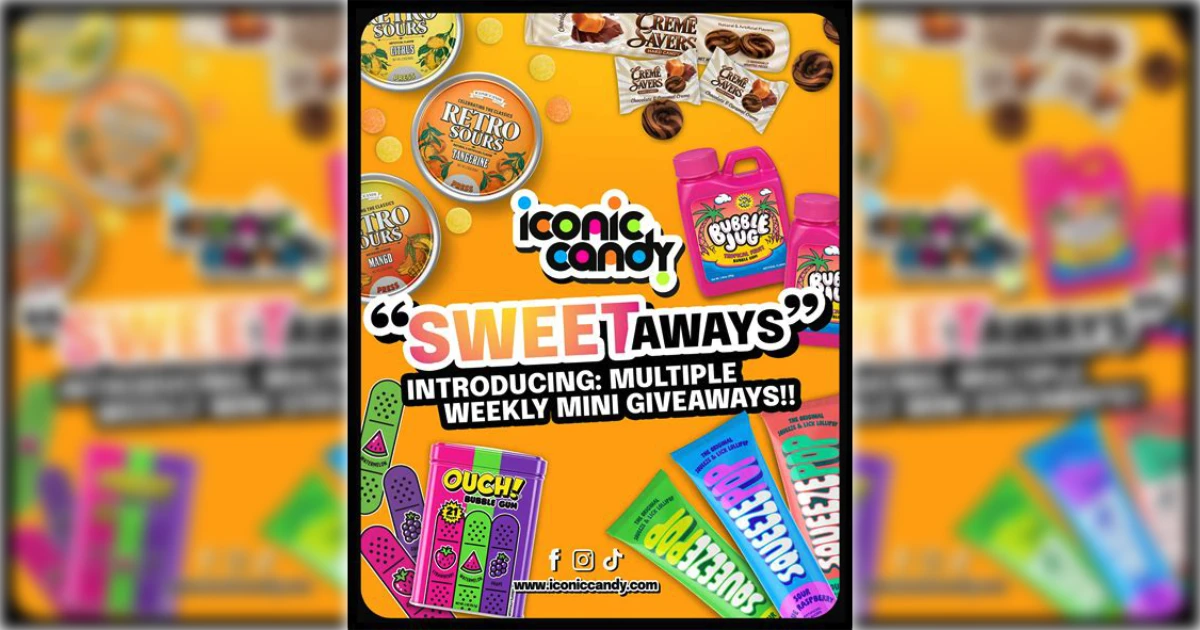
This is where Iconic Candy LLC comes in—a small, family-owned company in Great Neck, New York, with an unusual specialty:
Bringing dead candy brands back to life.
Founded in 2012, Iconic Candy had built their entire business model around finding great products that failed for the wrong reasons, and passionate fans never forget.
They watched the Bar None fan campaigns with interest.
"What if we could do this right?"
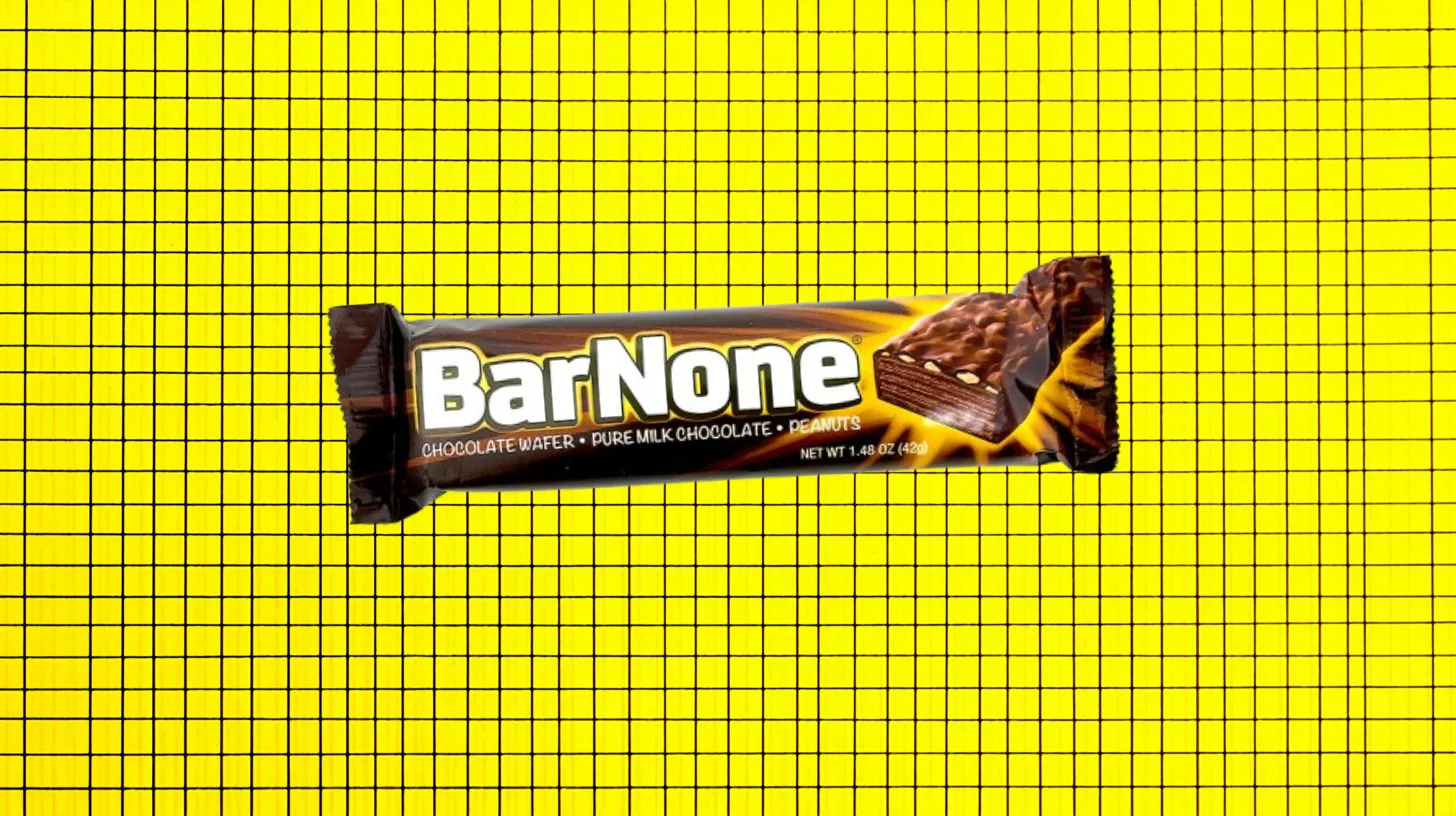
In July 2019, Bar None officially returned from the dead.
The announcement rippled through social media like wildfire. Candy blogs lit up. Facebook groups exploded with excitement.
"It's back! The original recipe! No caramel!"
The packaging was different. The company was different.
But the experience? That chocolate, wafer, peanut magic?
Exactly the same.
Today, you can buy Bar None again.
It's available online, in specialty candy stores, and is slowly working its way back into mainstream retail. At $24.99 for a box of 24, it's premium pricing for a premium experience.
The fans who waited decades are buying cases. New customers are discovering what the fuss was about.
And somewhere in a boardroom, executives are probably taking notes about the candy bar that refused to stay dead.